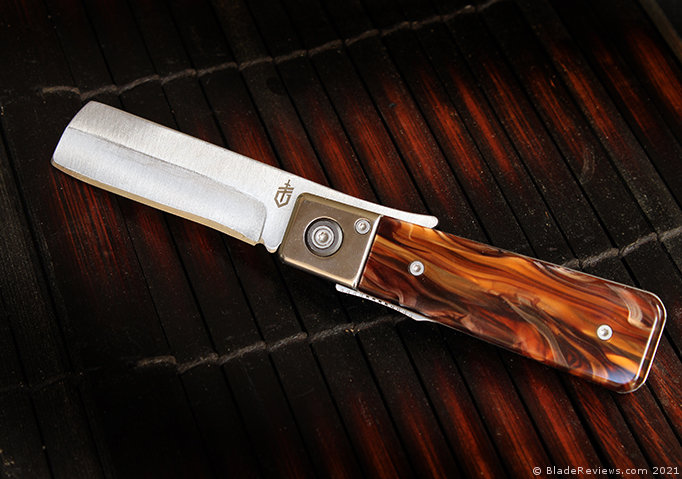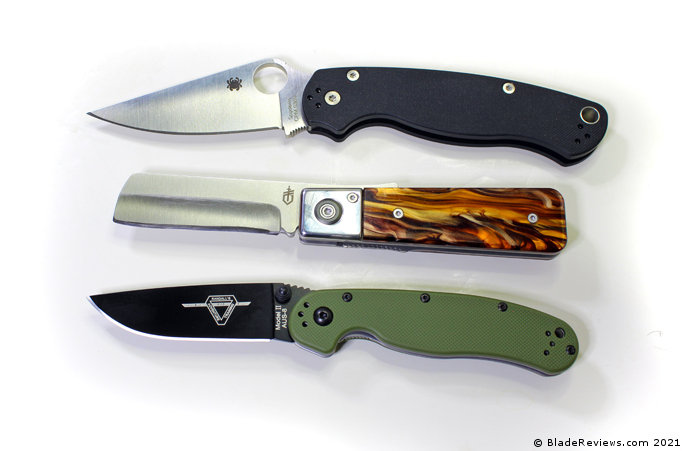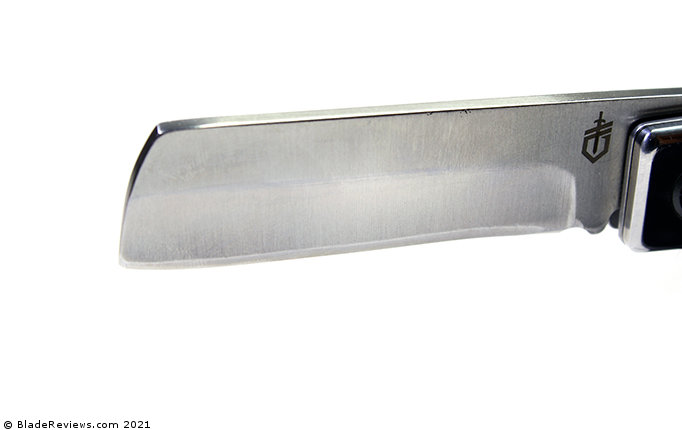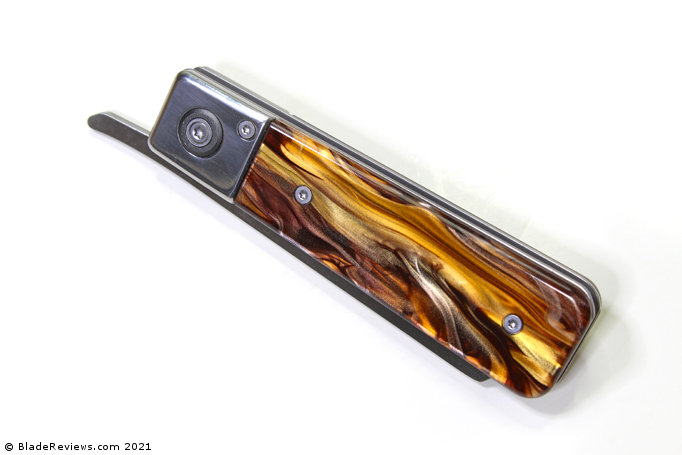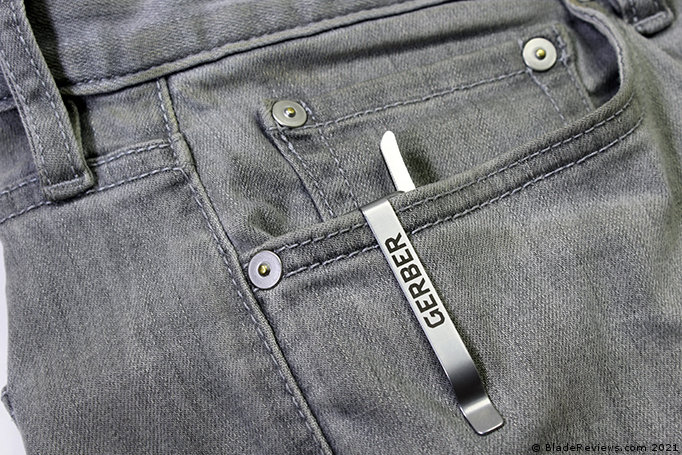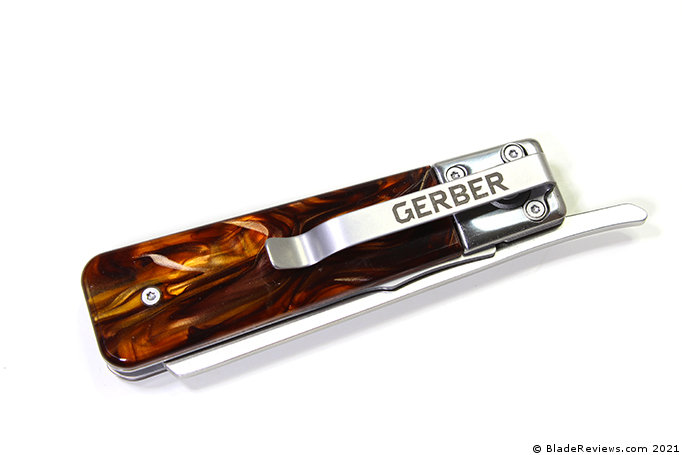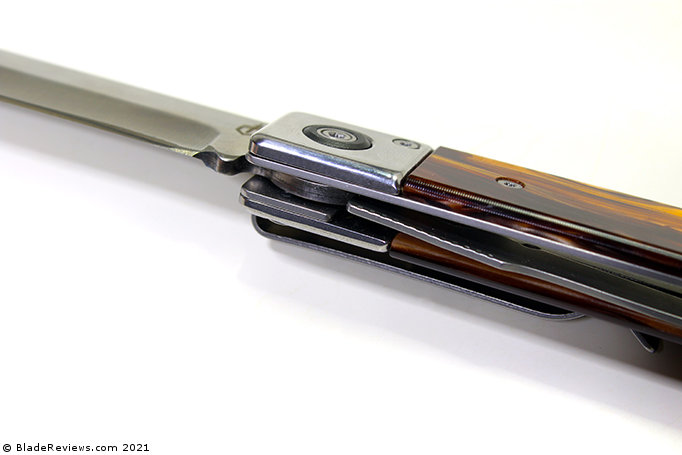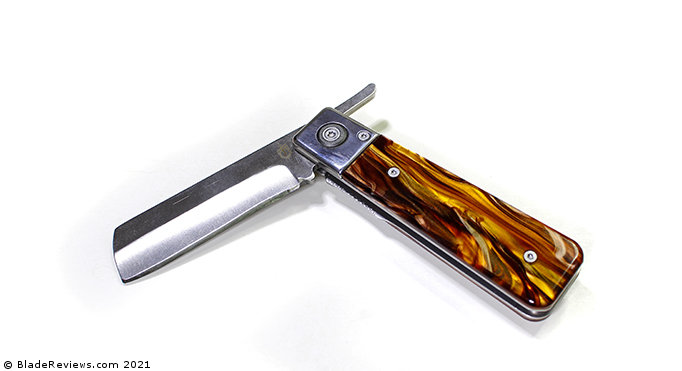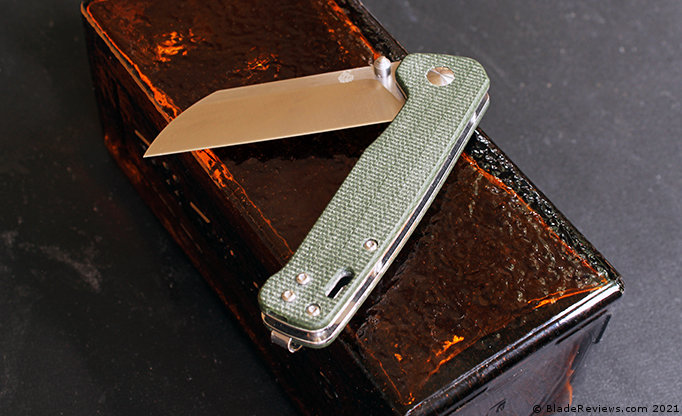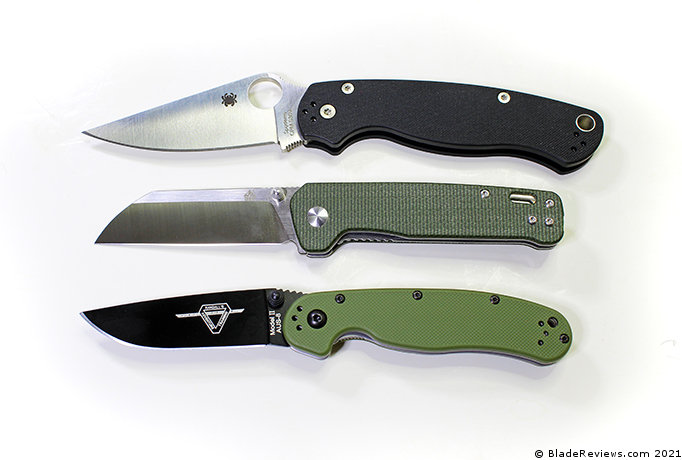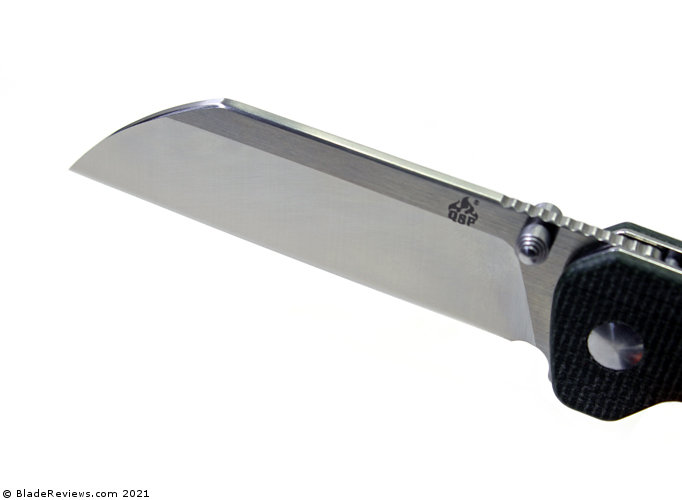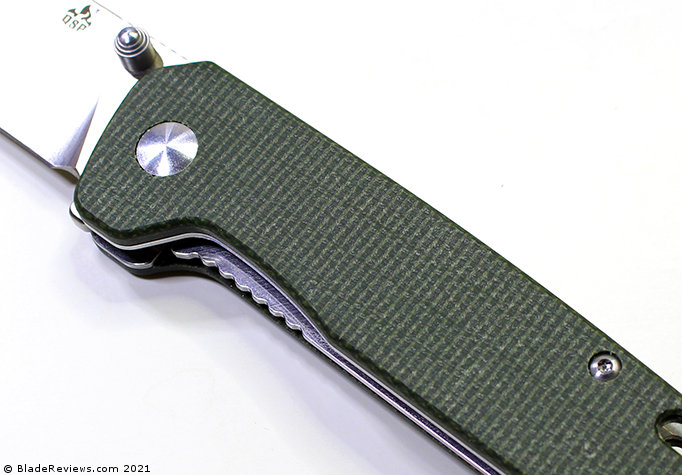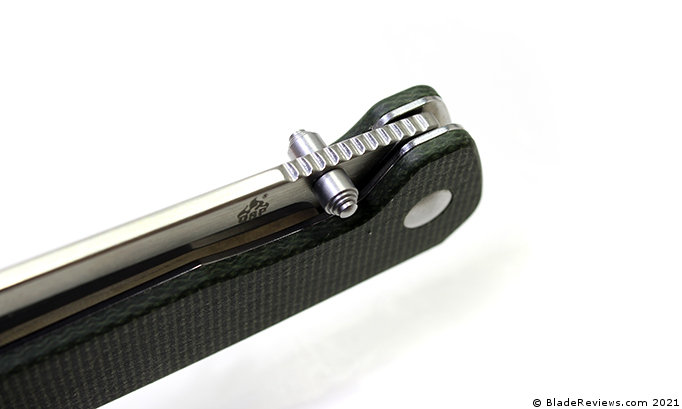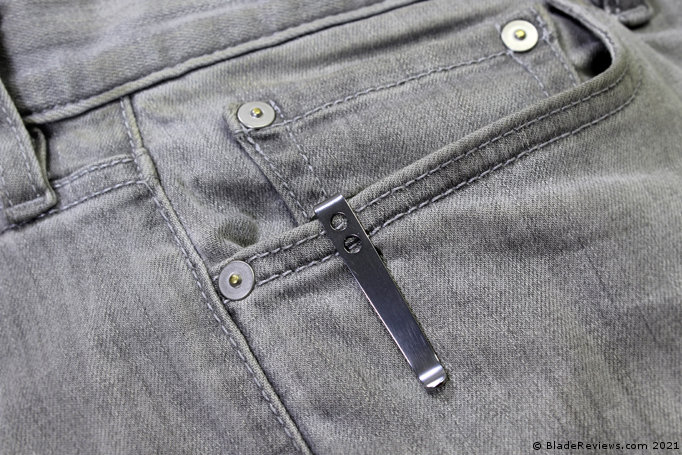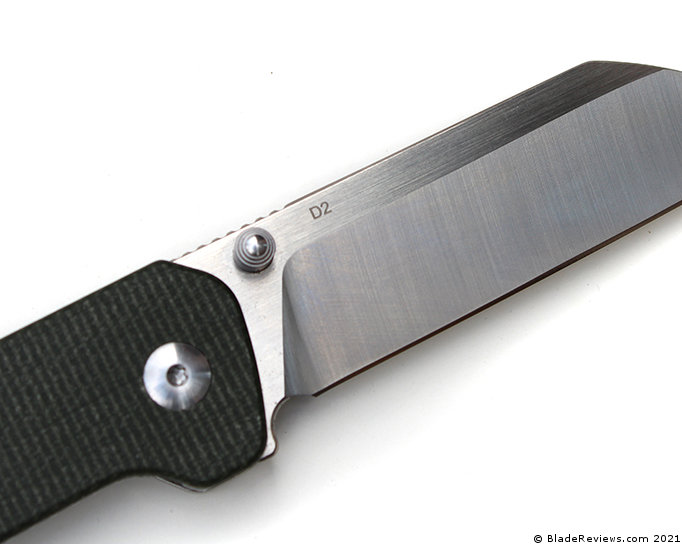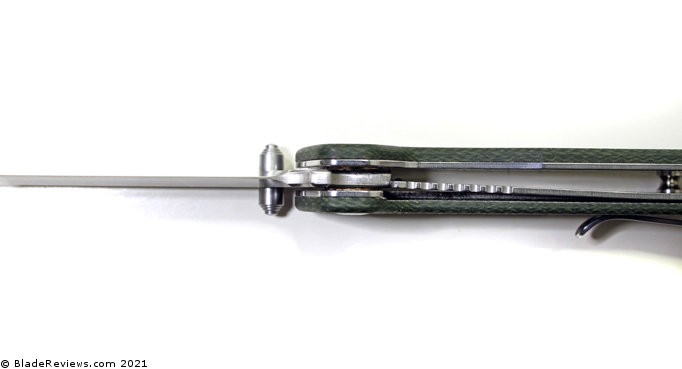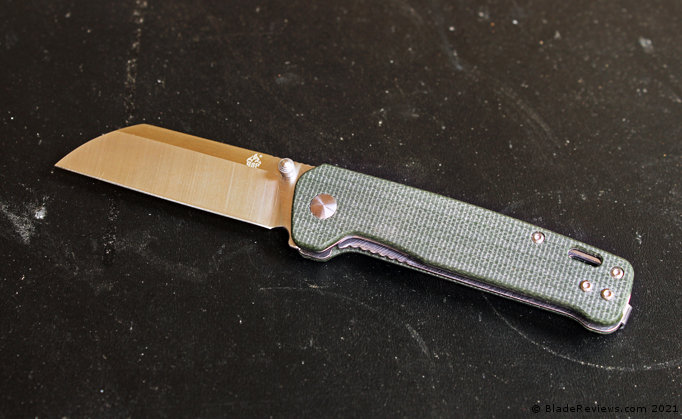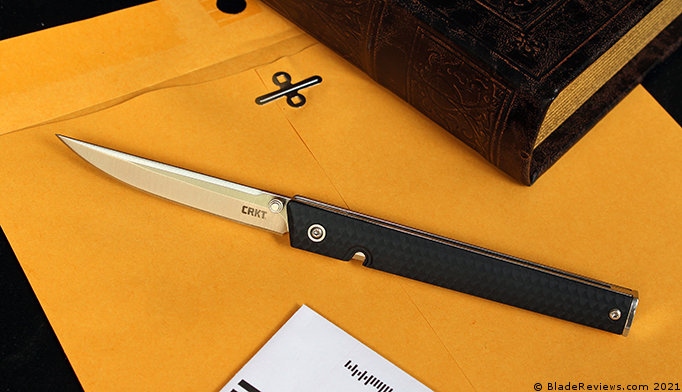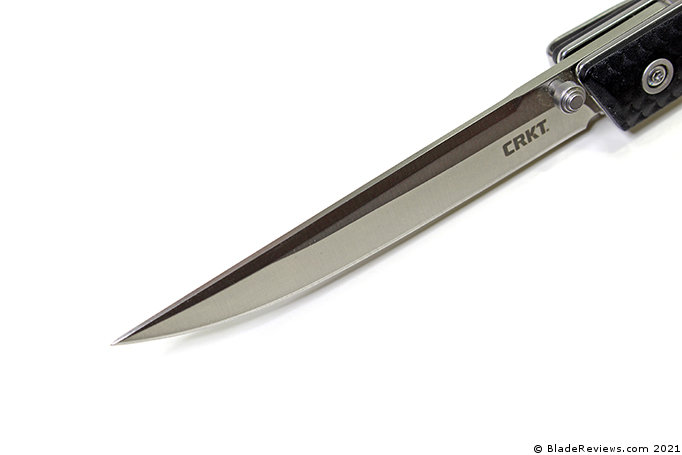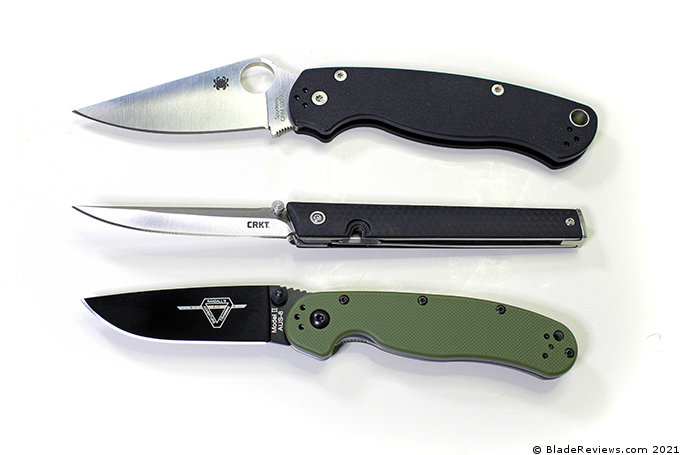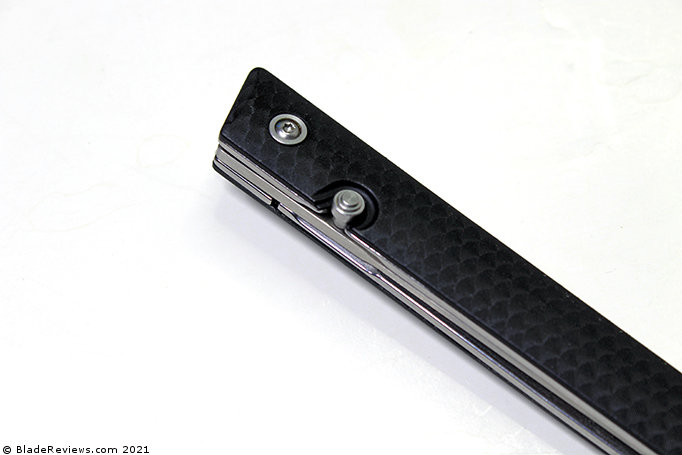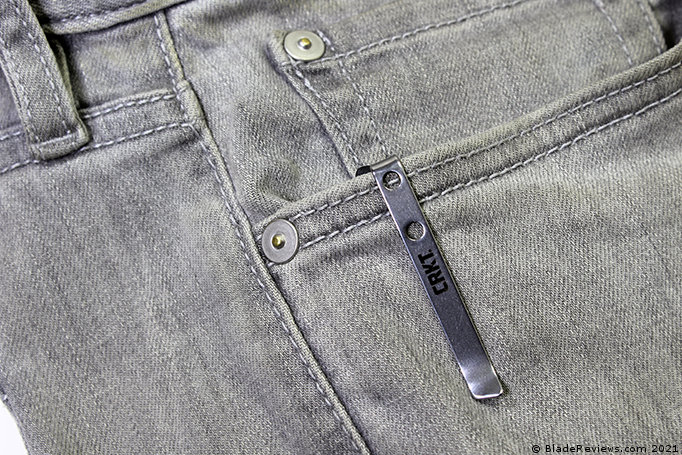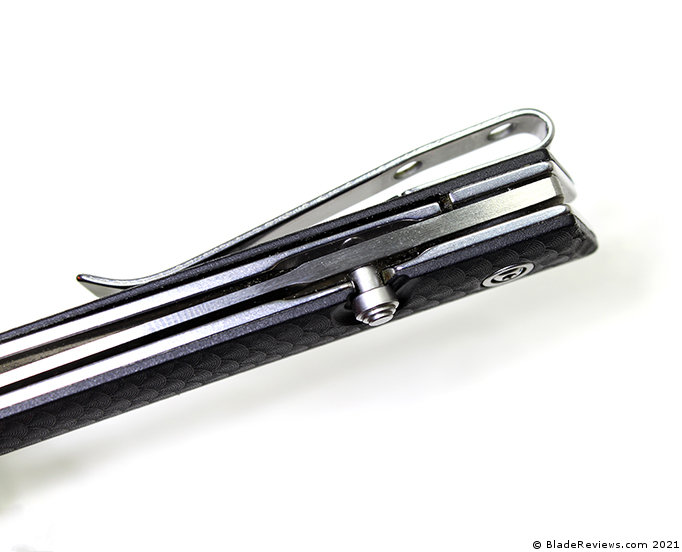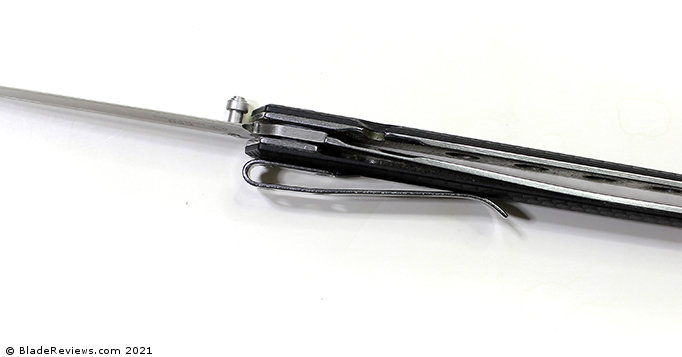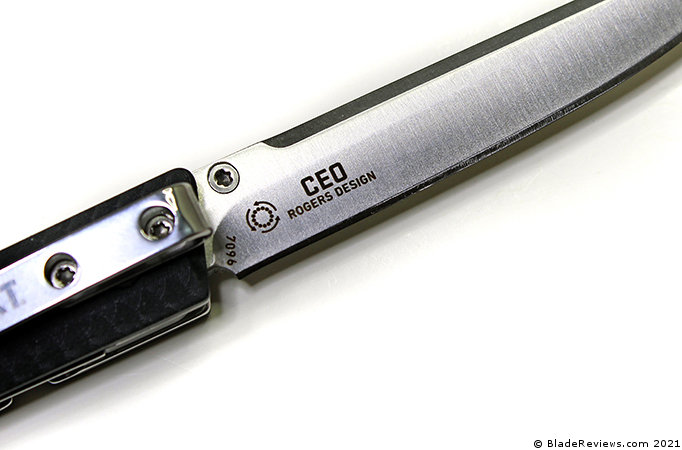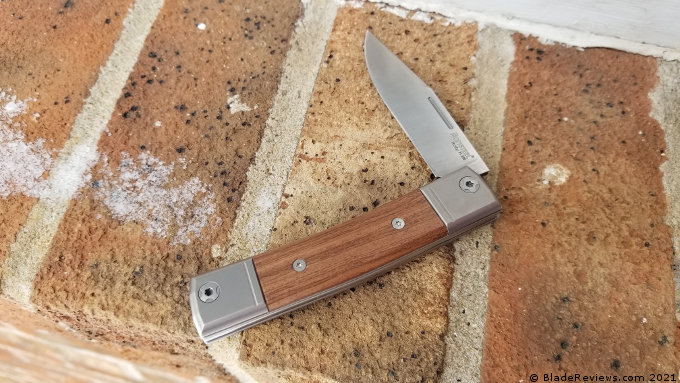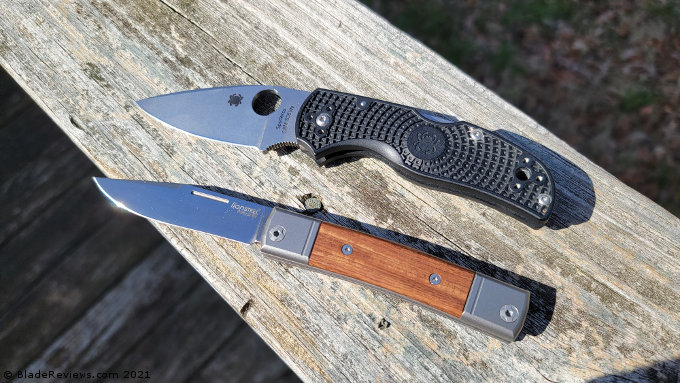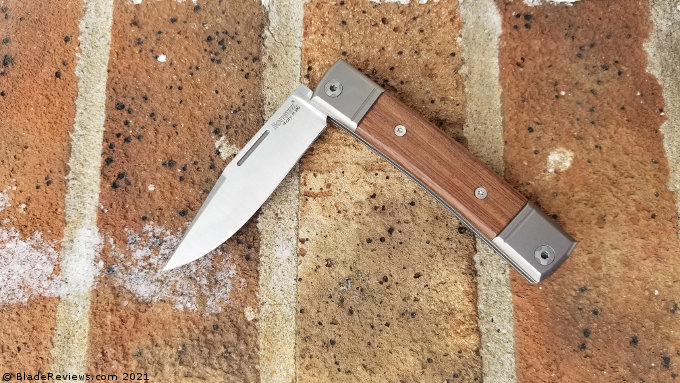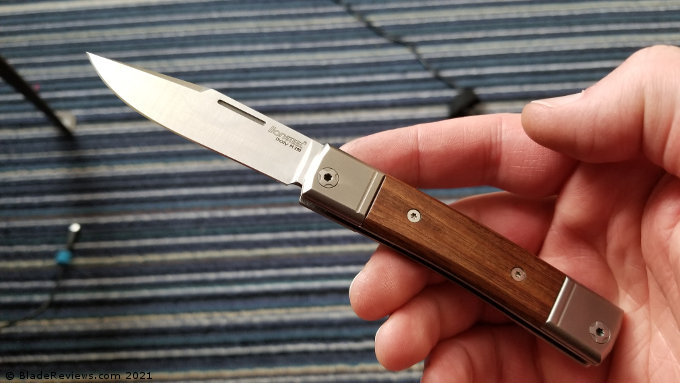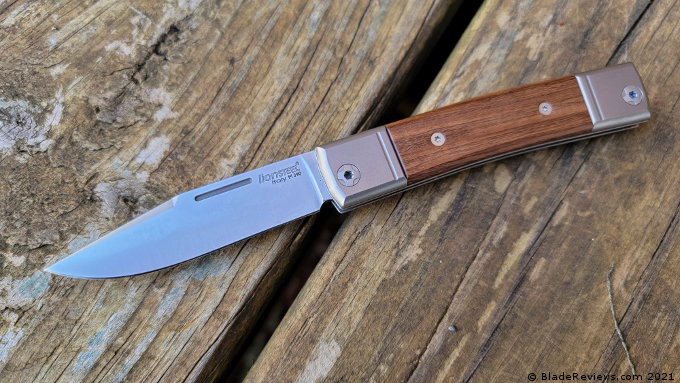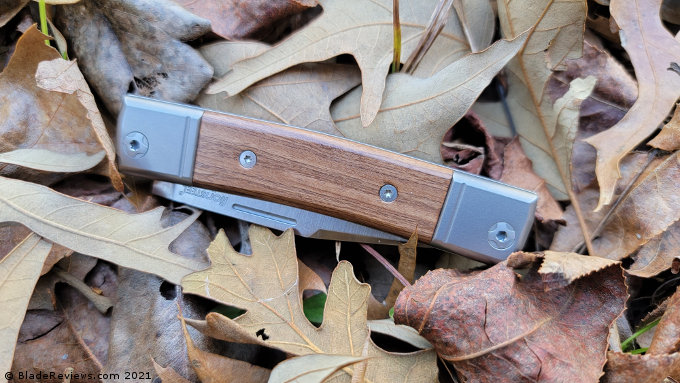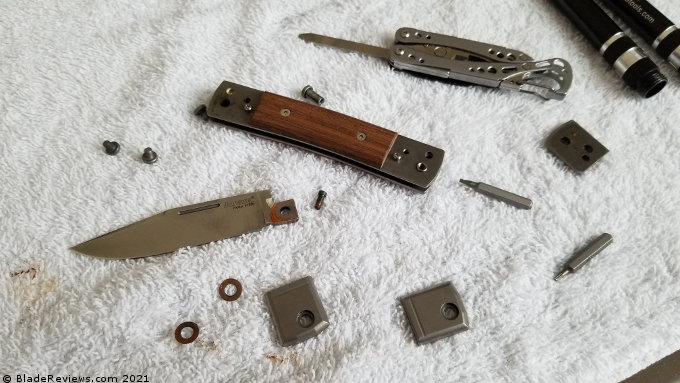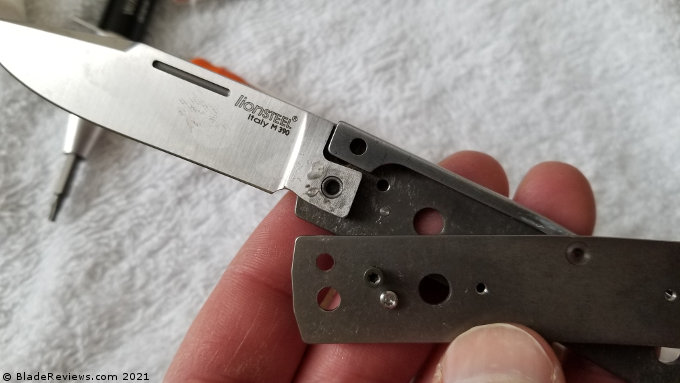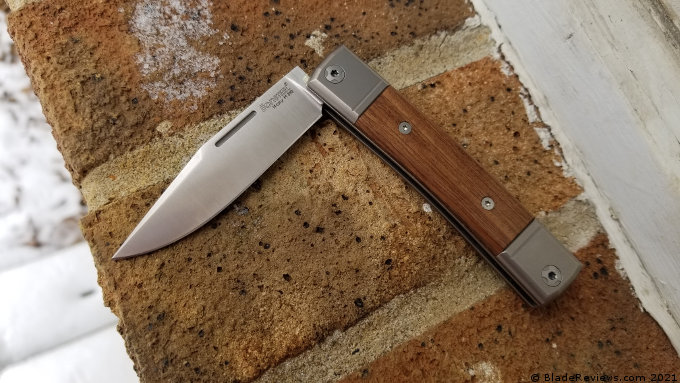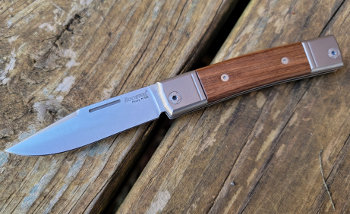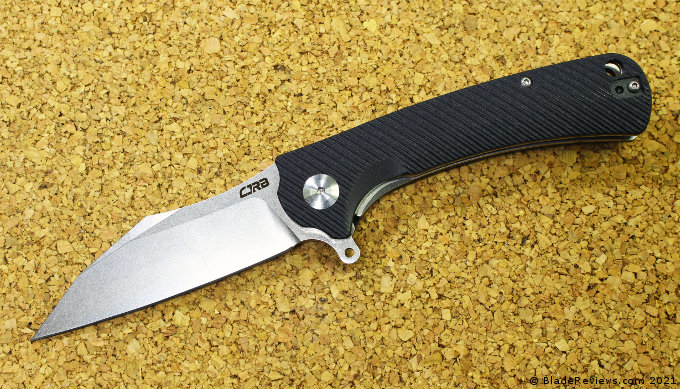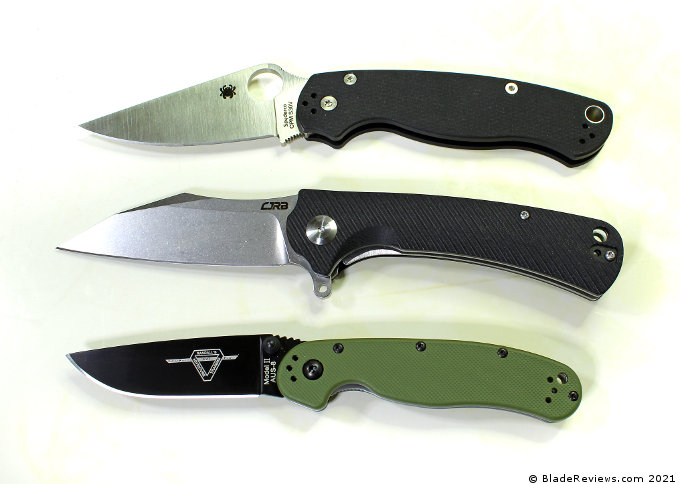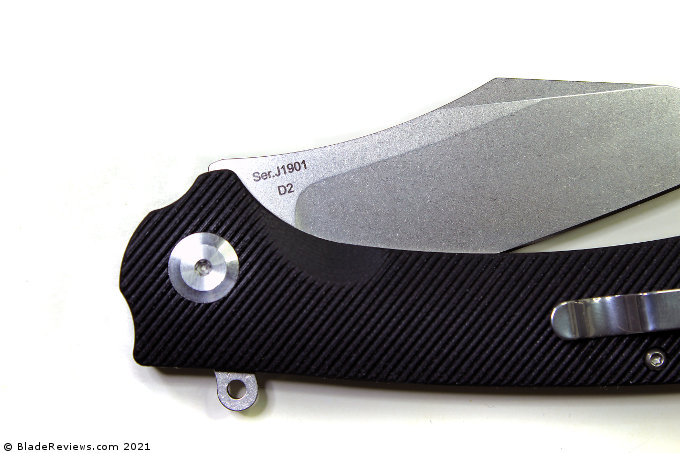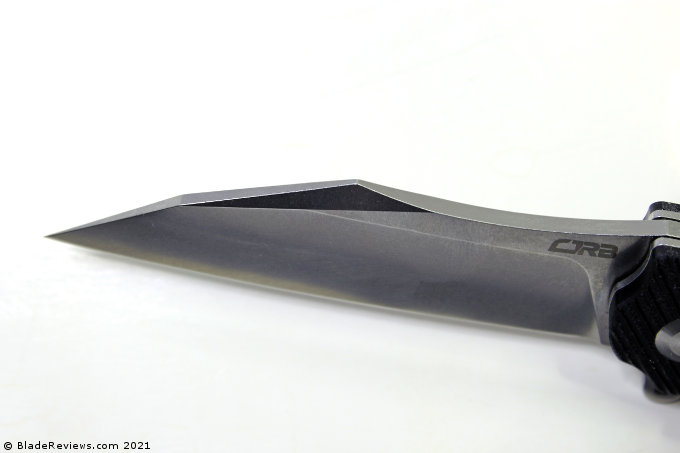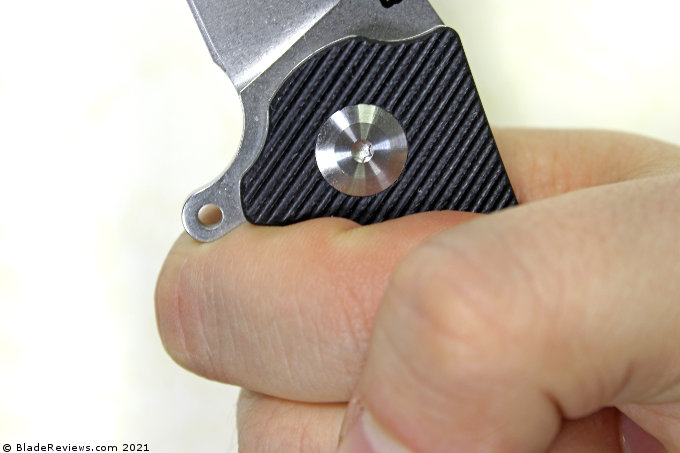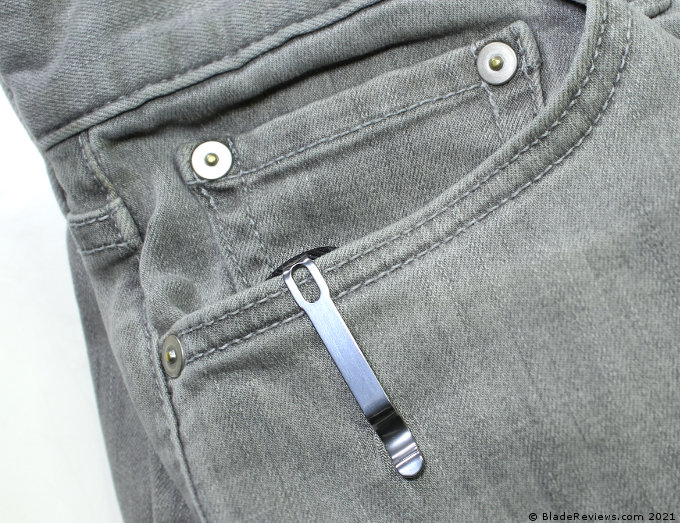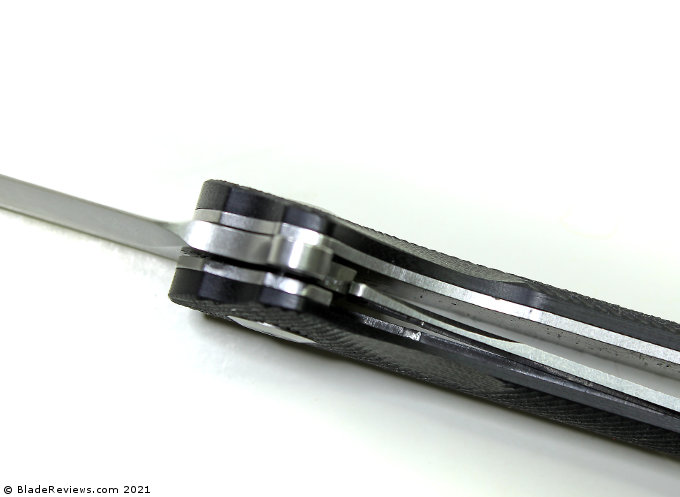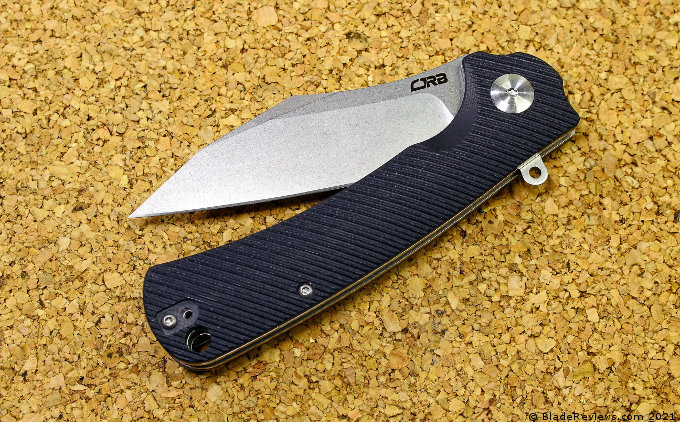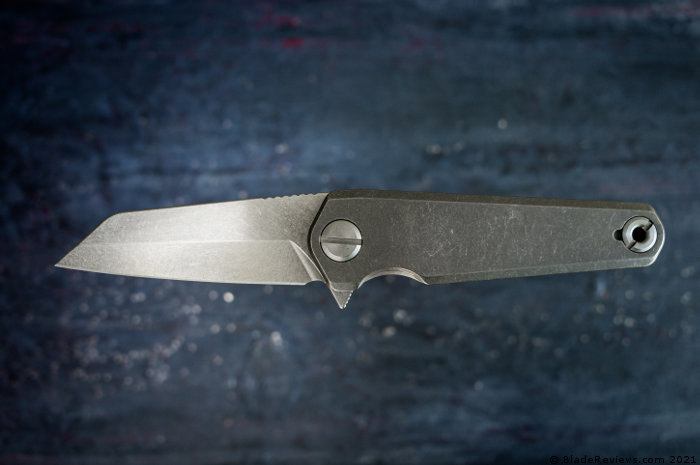
The Magpul Rigger is the Gray Man of knives. It’s yet another titanium framelock with average EDC knife dimensions and a forgettable-looking design, but like the literary character the Gray Man, it kicks major ass.
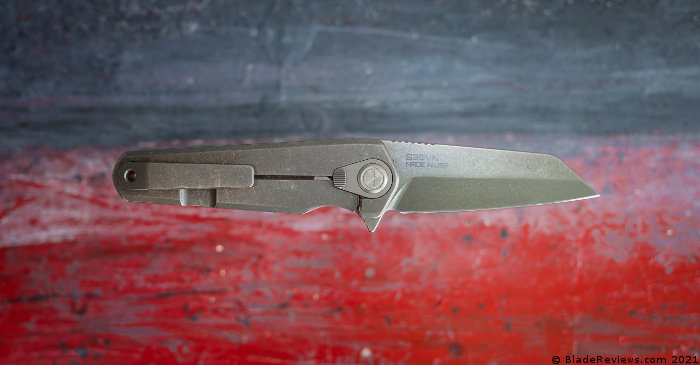
Before I get into the review, here’s a little background info on Magpul and the Gray Man: Magpul Industries is a giant in the world of firearms accessories, with contracts to supply ammunition magazines to multiple branches of the US and UK armed forces.
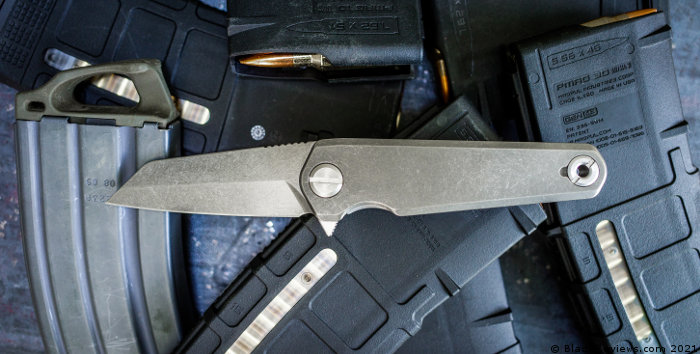
Magpul also manufactures a remarkable variety of outdoorsy gear for the civilian market, and have earned a very good reputation for making innovative, durable, and competitively priced products, all with a minimalist design aesthetic.
The Gray Man is a conceptual term for a person who is prepared for any dangerous situation, but is inconspicuous to the point of being forgettable.
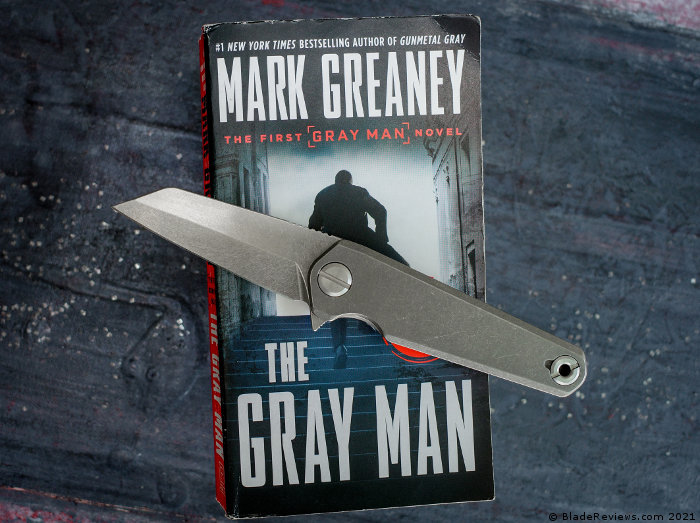
It’s also the name of an extremely fun (and violent) series of books written by Mark Greaney, who is better known as the co-author the last three “Jack Ryan” books with Tom Clancy, and who has continued writing the series after Clancy’s death in 2013. I’ve read the entire 11-book Gray Man series, and highly recommend them to anyone who reads in-depth knife reviews, AKA you. The Gray Man will also be a motion picture starring Ryan Gosling, and is slated for release in 2022.
And a Gray Man knife isn’t necessarily gray- my Microtech Ultratech (pictured below) is gray in color but is extremely aggressive looking and makes a loud, sharp click when opening and closing – there’s no subtlety in this OTF switchblade.
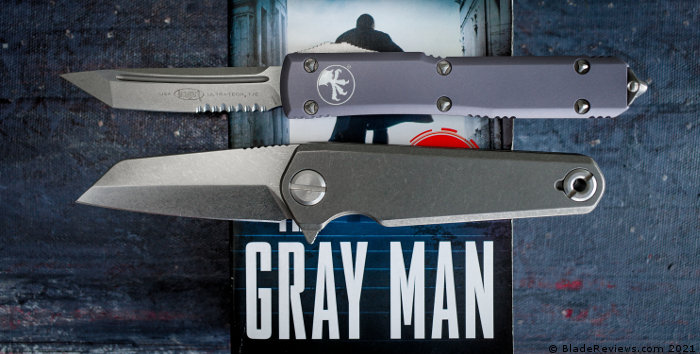
The Ultratech makes the Rigger look like a utility knife, and most people would never suspect that the Magpul Rigger is an extremely well made, expensive, hard use knife.
I try to never read internet comments, but in the case of online posts about the Rigger, I couldn’t help myself. What I saw was basically 10% of people dying to get one, and 90% of people bitching about the $425 price tag. Well, now there’s a significantly less expensive production version about to come out for $239.95, and people are still going to bitch about the price. However, I don’t think the criticism will be just about the price, because that’s a decent MSRP for a knife of this caliber. I think it’s because the Rigger doesn’t look like an expensive knife.
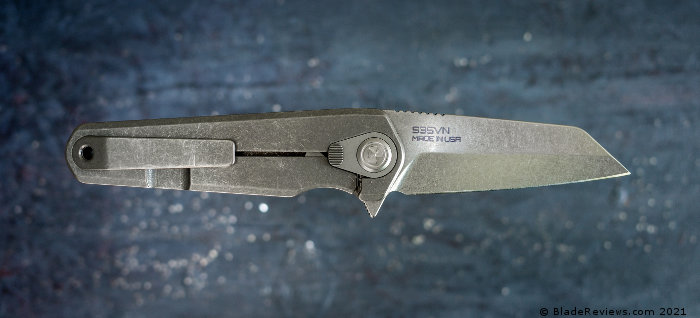
It really doesn’t look like much- it’s an extremely sparse, utilitarian design. It doesn’t look bombproof like a Rick Hinderer Knives XM-18, and it doesn’t magically emanate high-quality vibes like a Chris Reeve Knives Sebenza. I like to show people the folders that I’m carrying for review, and no one even gave the Rigger a second look other than two friends of mine who have been dual-diagnosed as both knife and gun nerds. So unless you know its pedigree, it’s not even interesting to most people. So why did I drop $425 on one? Because I’m one of the relatively few people who’ve actually handled one. I pestered the nice people staffing Magpul’s booth at SHOT Show 2020 (as documented in this BladeReviews article) until they dug out a Rigger prototype they didn’t even have on display. The moment I got my hands on it, I knew the build quality, mechanical action, balance, and blade shape were exactly what I like in a knife.
General Dimensions and Blade Details
The Rigger is a little under 7-1/2” (18.7 cm) open, with a 3.25” (8.25 cm) long blade made of S35VN steel. The Titanium handle is relatively thin and flat, and is 1-1/4” (30 mm) wide at the pivot, tapering to 3/4” (20 mm) at the bottom. The flipper tab adds another quarter inch (5 mm) to either the dorsal or ventral width, depending on whether the blade is open, or folded into its generally symmetrical handle.
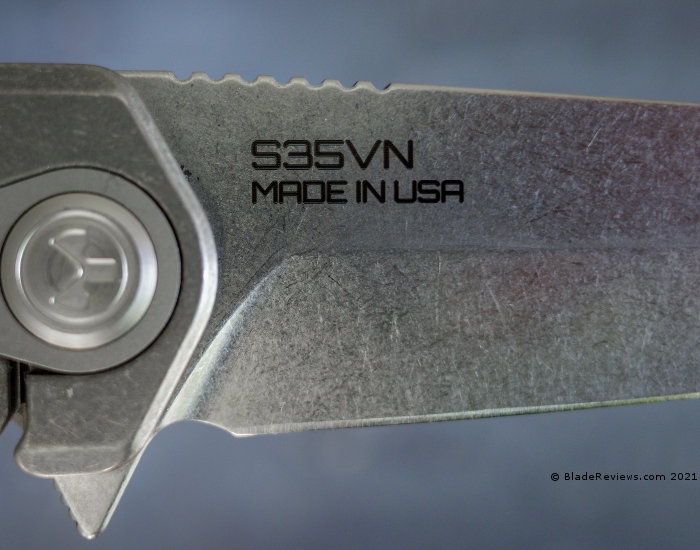
Every Magpul product is 100% American made, and they chose a high-end American blade steel for their high-end knife: Crucible Industries powdered metallurgy S35VN. Steel, like life, is a series of tradeoffs, and in the tradeoff between hardness (resistance to bending) and toughness (resistance to breaking) S35VN chooses hardness. This translates to excellent edge retention, which I personally prefer because I like it when my stuff stays sharp.
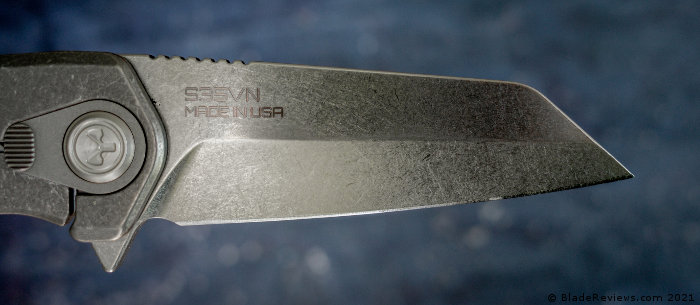
The blade style is described by Magpul as a modified wharncliffe with a tapered dual bevel grind, “modified” meaning that the cutting edge is slightly rounded. I don’t know if giving the wharncliffe blade a belly was an ergonomic or an aesthetic decision, but it cuts very well and looks great. From a design philosophy point of view, putting a curved blade on a knife dominated by straight lines seems weird, but I think it really ties the room together, Dude.
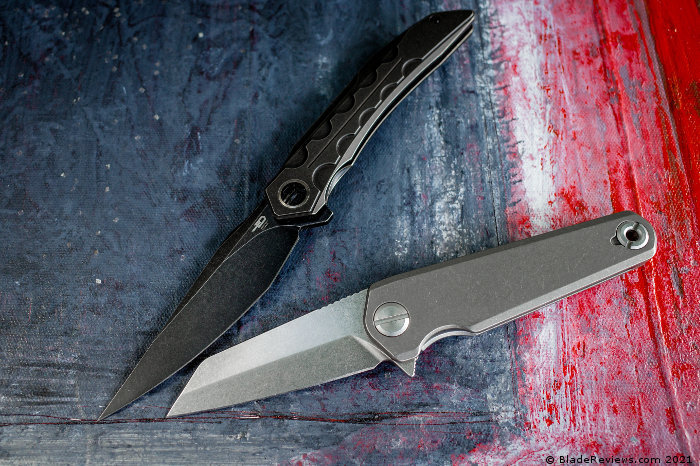
I prefer the ergonomics of wharncliffe style blades because most of the cutting I do is with the tip. If I’m slicing open a box on a table in front of me, the Rigger’s blade tip is nearly parallel to the top of the box, and I can slice packing tape without bending my wrist or sticking my elbow up in the air more than about 10 degrees. A traditional drop point blade shape (such as on the excellent Kombou-designed Bestech Knives Samari, pictured above) requires angling the knife to a nearly vertical 70 degrees to make the same cut.
Handle, Ergonomics, and Pocket Clip
I admittedly have a lot of pocketknives (25 or so) but I do not self-identify as a collector- I’m a user who like variety. And when it comes to knives that are destined to be used relatively hard, I definitely have a “type”, and the Rigger is it.
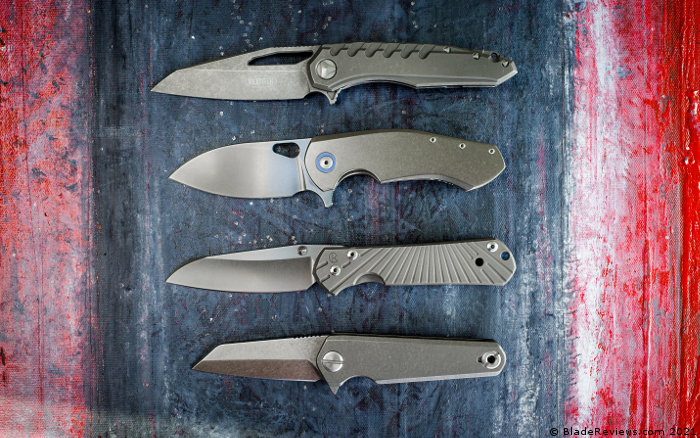
I obviously like titanium framelock flipper-opening knives with wharncliffe blades, and if they have a pronounced cutout for my index finger like the Rigger does, that’s even better. Last year in my review of the WE Knife Scoppio, I performed a slippery-ness test with ten of my folding knives, and learned that the single most important factor in grip retention on a wet knife is an index finger groove.
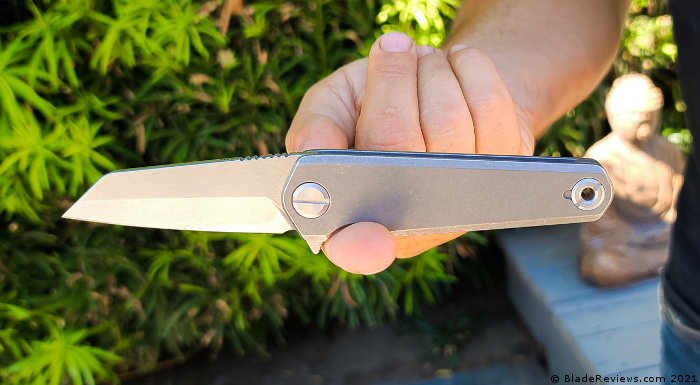
I also like my knives well-balanced, and using the Rigger’s finger groove, I can effortlessly balance the open knife on one finger. This is possible because the insides of the handle scales have been lightened by machining away excess material. You can kind of see the hollowed-out inside of the handle in the picture below. The Rigger has perfect 50/50 front/rear weight distribution like a sports car- Magpul was really paying attention to details here, which I appreciate.
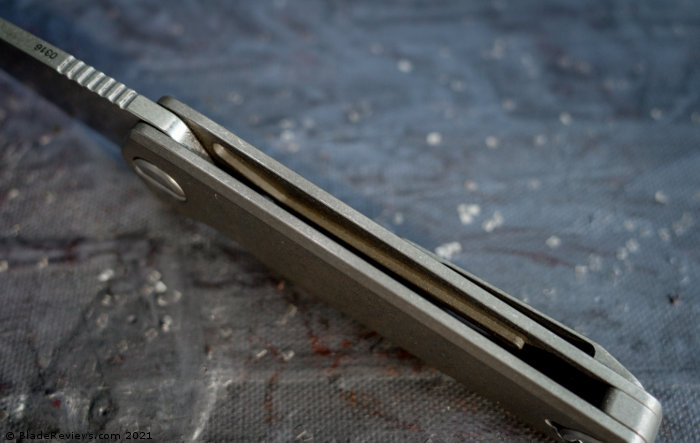
The handle and pocket clip are 6AL4V titanium, held together with only two large, steel screws, which have a wide slot for use with a standard screwdriver or a coin as thick as a US or Canadian quarter, or a 5 cent Euro coin. The front screw doubles as the blade’s pivot. The rear screw doubles as the pocket clip attachment. and triples as a lanyard attachment point, because it has a hollow pass-through big enough for a paracord lanyard. I personally don’t get the appeal of adding lanyards to knives with pocket clips, so I did a little research and found this little tidbit on the internet: “Lanyard comes from the French word “laniere” which means strap or thong.” I personally don’t get the appeal of wearing a thong either, but to each their own.
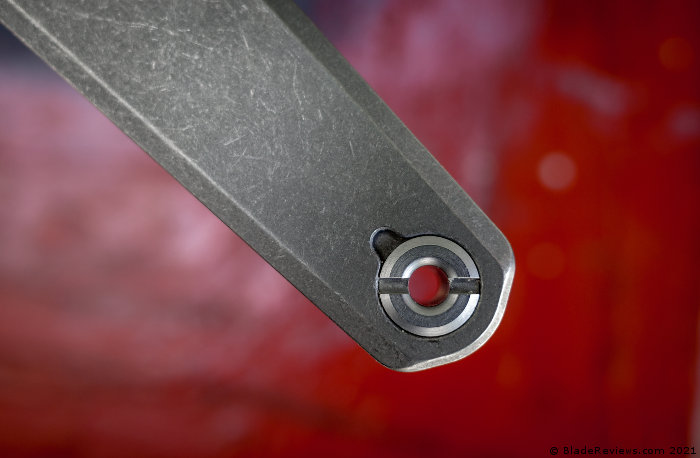
Nonetheless, this is the simplest, cleanest folding knife design I’ve ever seen, yet it manages to slip in a few features that are actually useful. The first useful feature is the Rigger’s reversible pocket clip- It can be switched between left or right handed tip-up carry. Magpul managed to ambi this knife up without leaving two or three little empty screw holes in the handle scales like on many Spydercos, and nearly every Benchmade, such as the Adamas, pictured below.
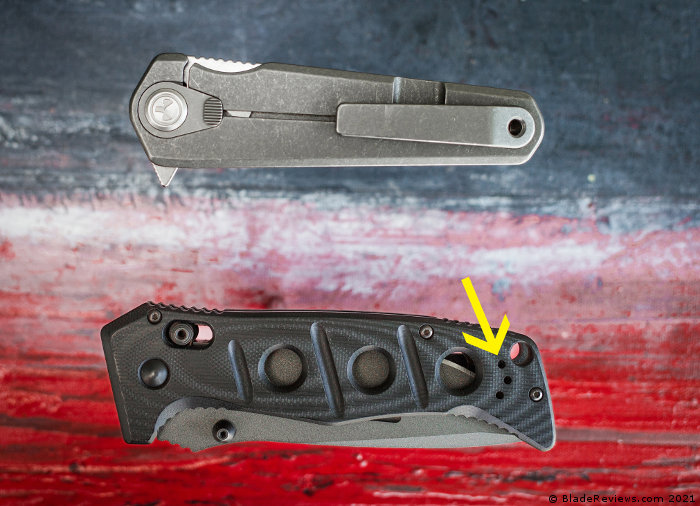
The pocket clip is wide, flat, and centered, and has a slight downward angle, meaning it’s taller towards the butt. This bellbottom shape is probably intended to aid in grip retention (I have a pistol with bellbottom-ey grips and they definitely help keep my grip properly high) but I see this feature as yet another example of the subtle, nearly un-noticeable details that make this an excellent knife. The clip’s width and placement make it melt into my hand, and I never noticed it as a “hotspot” during hard use. The pocket clip’s usability is also optimal- it slides easily over thick denim pants pockets, and stays put in thinner material as well. The titanium has the perfect amount of flex- it’s not too loose, and it’s not an inflexible pants-destroyer like the clip on my Microtech Sigil (below, right).
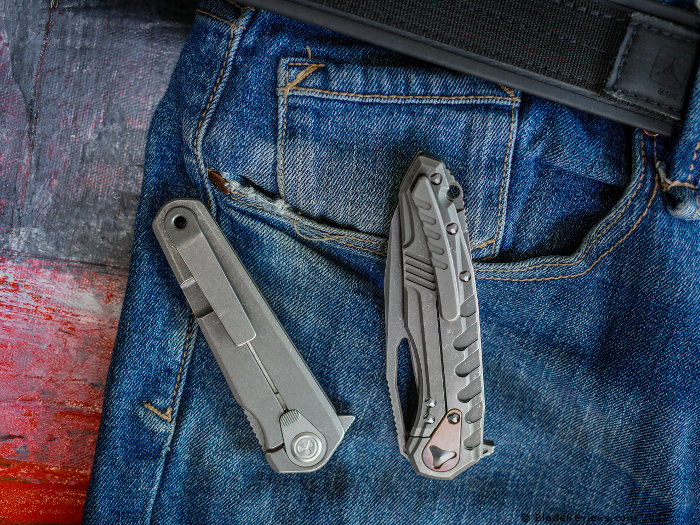
The Rigger’s spartan design is further evident in that it has machined jimping in the only two places it’s absolutely needed: the flipper tab and the spine of the blade, where it gives excellent traction to my thumb when used in a traditional overhand grip.
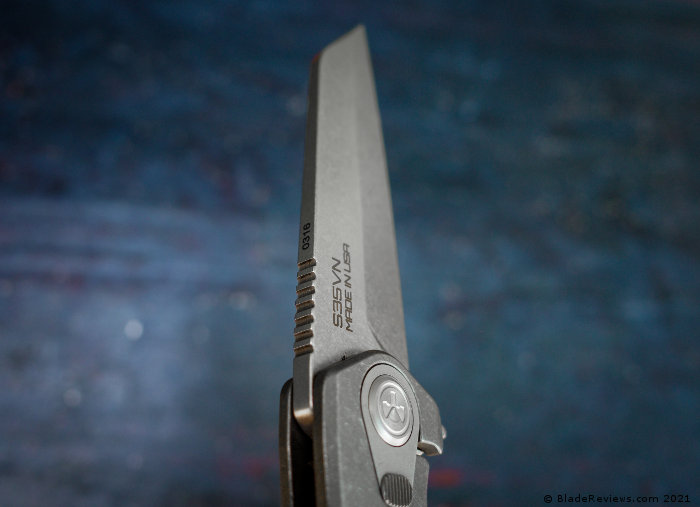
The only ergonomic gripe I have with the Rigger is that, during my more vigorous testing (mainly slicing thick cardboard furniture boxes into pieces that fit into my recycling bin) the handle was a little too short for me to get a comfortable four-finger grip. The handle is already longer than it strictly needs to be to hold the blade, and I appreciate the extra real estate for my fingers, but it’s a little tight for my medium-large hands.
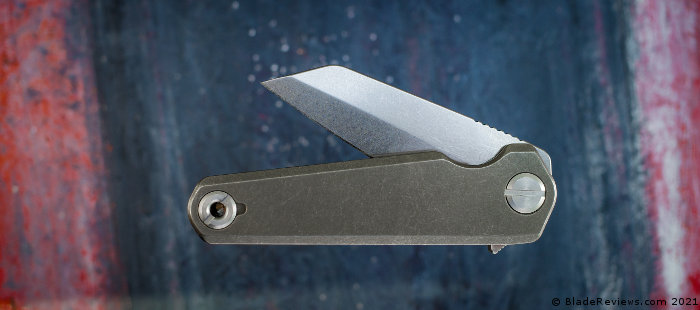
Deployment and Lockup
There’s no way to open the Rigger without using the flipper tab, but when I want to avoid the satisfying, crisp finger snap sound effect of the Rigger locking open, I can deliberately short-stroke the flipper and quietly ease the blade open on its caged ceramic bearings. The lockbar has a steel insert to avoid titanium-on-titanium stickiness, and is 3 mm wide. My well worn in Rigger locks securely with zero blade wiggle, using about 60% of its surface area, and I can muscle it to about 80% if I want. But I never do, because if it’s a secure lock I’m craving, I can use another useful feature of the Rigger: its secondary locking mechanism.
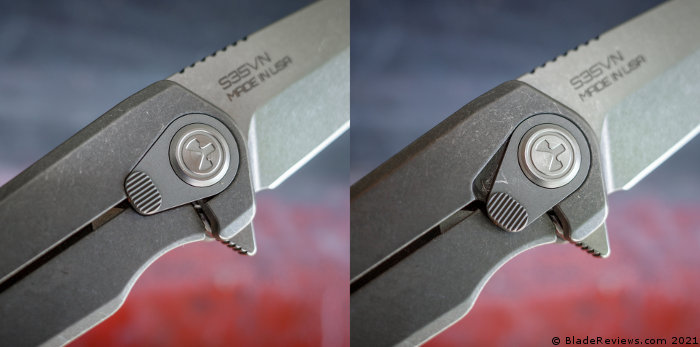
I appreciate that Magpul has mercifully not given it a tough-sounding name like Deadbolt, Axis Lock, RotoBlock or Shark Lock, which are already taken. The secondary lock engages with a crisp little snick like a 1911 pistol safety, which it was designed to emulate. I’ve used it just to see if it worked, and it functions as intended, which is to lock the framelock in its open position. It might be an unnecessary gimmick, but I’m not complaining- I applaud innovation and understand the need to stand out in a crowded commercial marketplace.
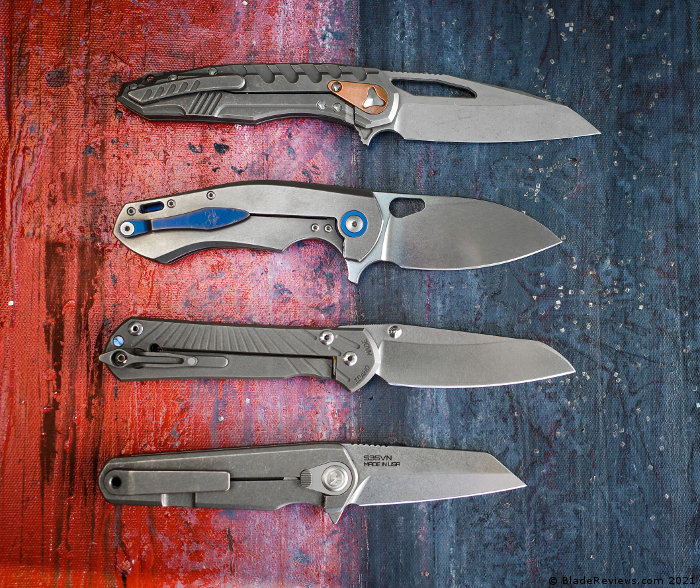
The Rigger really hits the sweet spot for me- it has the stabby blade tip of the Microtech Sigil (top), the deep and far-forward finger groove of the GiantMouse GM1 (2nd from top), the simple harmonious design of the Chris Reeve Knives Sebenza Insingo (3rd from top), and it has a better pocket clip than any of them and takes up less pocket space.
Magpul Rigger Review – Final Thoughts
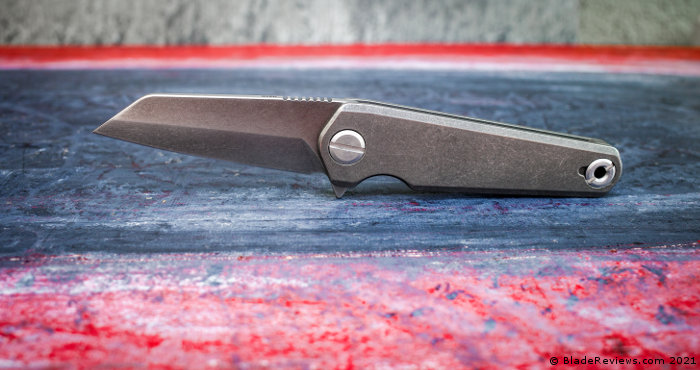
At the time of writing, I’ve had my Limited Edition Rigger for over eight months,
but during the COVID lockdown months of 2020-2021 I was way too busy being depressed to review it. Now that Magpul is poised to release the Rigger EDC, a lower-cost, production version of the Rigger, I figured I’d better start sharing my knowledge of the Rigger with the world so people can make an informed decision about getting one.
Magpul says the only physical difference between the Rigger EDC and the Limited Edition models is that the handle scales and pocket clip are aluminum instead of titanium. I noticed in a promotional picture provided by Magpul (below) that the Rigger EDC’s aluminum pocket clip looks a little chunkier than my titanium version, but I’m guessing that shouldn’t negatively affect the good ergonomics of the knife.
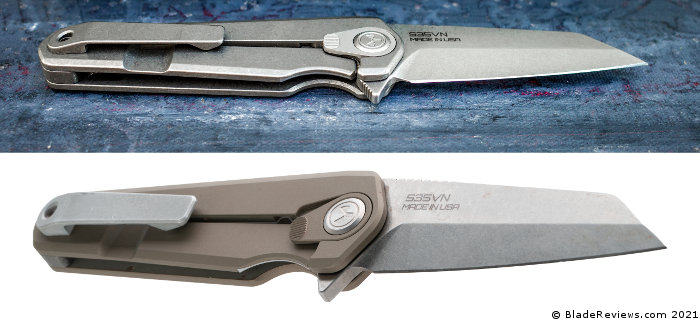
The most significant difference is in price and availability. The EDC will cost $239.95, which is $185 less than the Limited Edition. If I hadn’t already obsessively stalked and bagged one of the 800 Limited Riggers currently in the wild (I had it in my cart literally one second after it dropped), I’d definitely buy one of the Rigger EDC’s.
I think the following sums up my experience with the Magpul Rigger: Over the last couple of months, I’ve been carrying this Benchmade Adamas (pictured below) for an upcoming review.
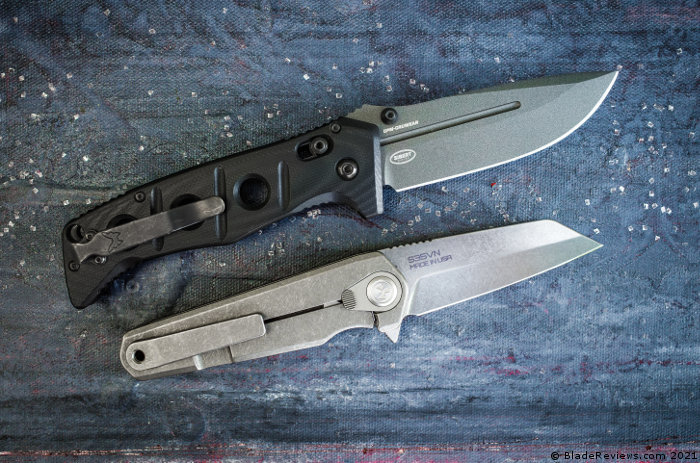
After having thoroughly used and abused the Adamas, I can confidently say that the little titanium Rigger can do everything this huge, steel and G-10 tactical knife can do, but without looking like you’re about to storm an ISIS safehouse. That’s the essence of the Gray Man, and that’s why I recommend this knife.
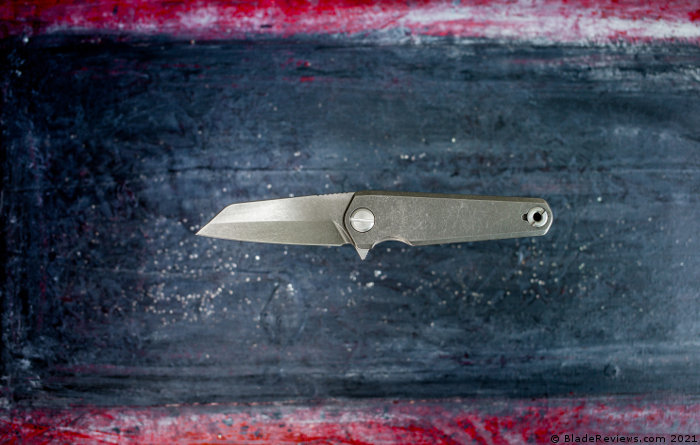
Big thanks to Sara O’Neil for the use of her painting.
